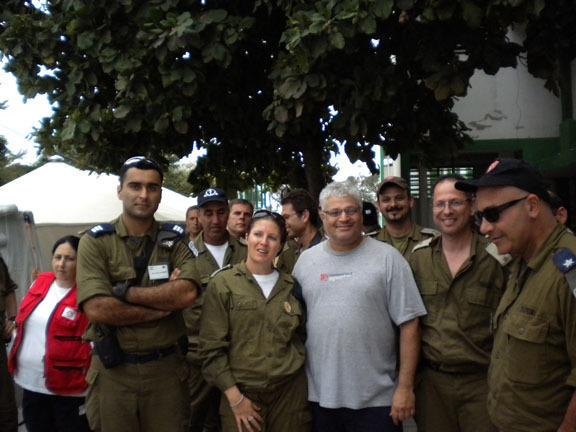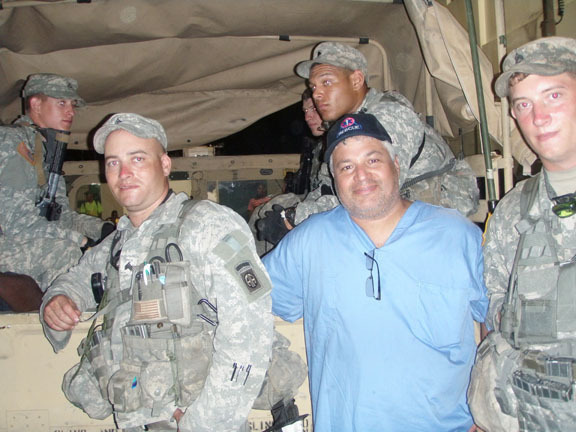Home from Haiti
L.B. radiologist spent six days in ravaged country
By ARIELLA MONTI
The devastation was far worse than what he experienced on Sept. 11, 2001. A week and a half after the earthquake in the Haitian capital of Port-Au-Prince, radiologist Dr. Alan Greenfield, a 9/11 first responder, was on a plane to offer his talents and expertise. This time, however, there were many survivors, most of them grievously injured.
“I feel kind of helpless just sitting back and doing nothing,” said Greenfield, a Dix Hills resident who has an office in Long Beach.
Greenfield managed to get a seat on a charter plane headed to the ravaged area, and spent six days with a group of Scientologists who he said had a comprehensive knowledge of the city.
“Before I knew it, I was single-handedly running the radiology department in the main city hospital,” Greenfield recalled.Using one X-ray machine and a processor powered by a generator, Greenfield began seeing patients almost immediately after he arrived.
He obtained a second X-ray machine with the help of the Scientologists, who found it in an uninhabitable building. Without a view box, Greenfield reviewed the film by holding it up to the sun. He saw as many as 100 patients a day.
He grew frustrated with the X-ray technologists, who would disappear at 5 p.m., but, he said, “The hospital generally was running smoother overall with each passing day.”
Because so many residents had been injured by collapsing buildings, Greenfield saw hundreds of broken bones, including femurs, the largest and strongest bones in the body. He estimates that he treated 200 broken femurs.
As time passed and resources dwindled, Greenfield began to see an increasing number of gunshot and stab wounds. “There’s X number of resources outside the gates and people are fighting for them,” he said, giving credit to the U.S. military for keeping doctors, nurses and volunteers safe. “It’s survival of the fittest.”
He described seeing a near riot when rumors began circulating that the U.S. Army was offering flights to Miami.
His typical day started at 3 a.m., when U.S. Air Force planes began taking off from the airport near the camp where he stayed. “I was sleeping outside on a concrete slab, in a sleeping bag under the stars,” he said. “No tent, no nothing.”











